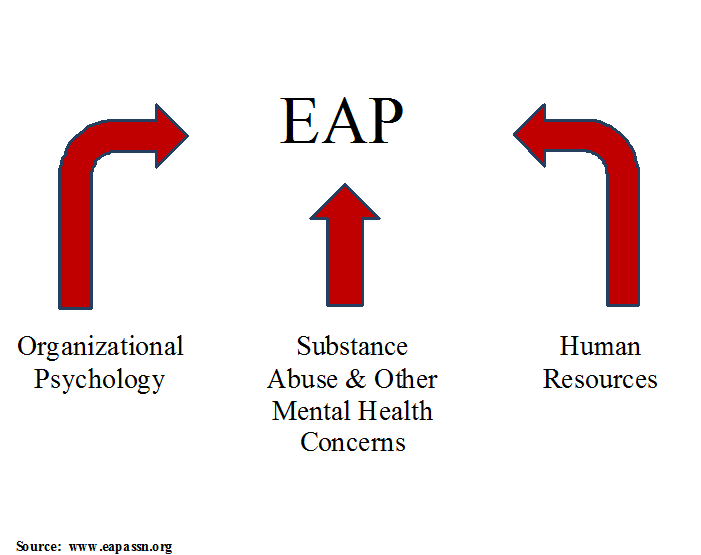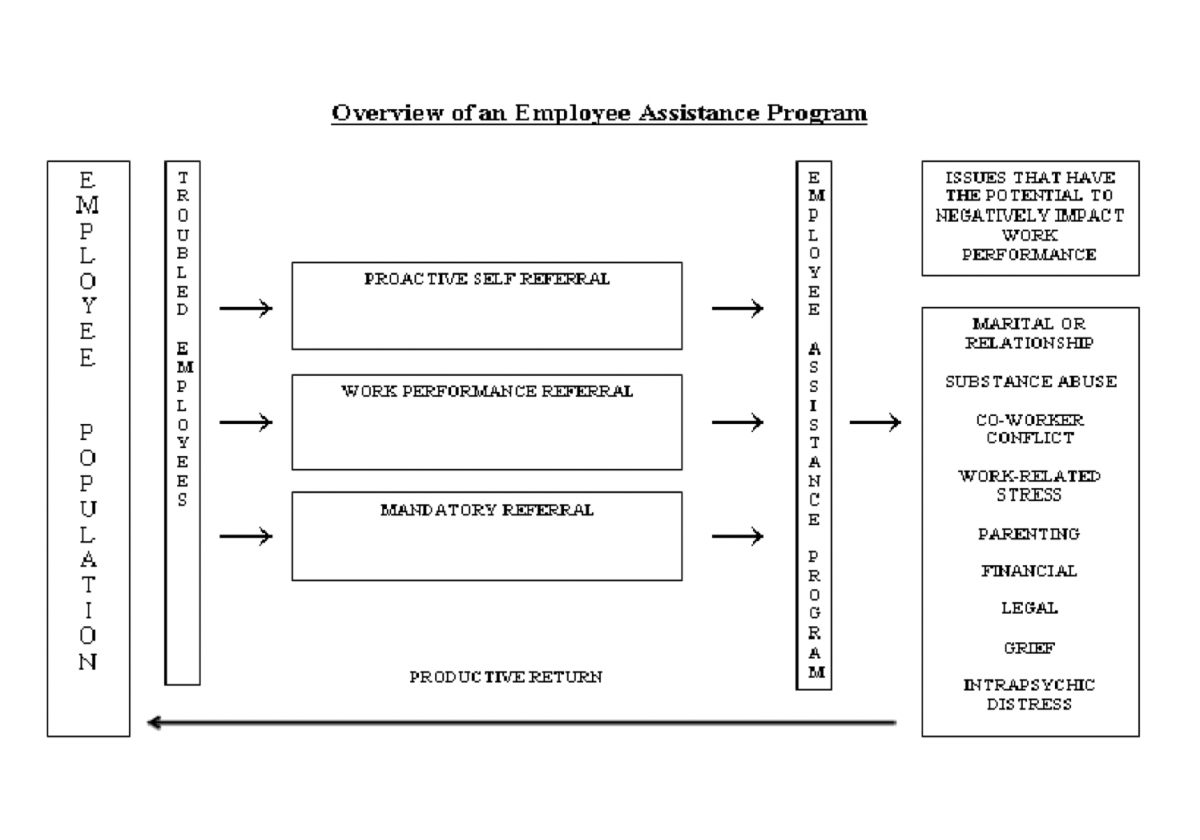Our passion is helping you find the right answer.
Since 1985, Cooper University Health Care has been providing Employee Assistance Program services to employers and employees in New Jersey’s Burlington, Camden, and Gloucester counties. We provide an opportunity to be proactive rather than reactive by offering confidential short-term solution focused counseling, professional development coaching, mediation for workplace conflict and education on stress management, maintaining healthy boundaries, effective communication, emotional intelligence, and coping strategies.
Our focus is on superior customer service, quick turnaround time and convenient appointment scheduling, and timely responsiveness to our clients. Cooper EAP is the external EAP that responds like an internal EAP.
Employees and Family Members
If you are an employee or family member and would like to access your EAP, please click here.
Employers
If you would like to learn more about Cooper University Health Care’s EAP and how we can partner with you, please click here.
Contact Us
Director: Paula Watson
Phone: 856.342.2280
Click here for a list of locations and directions.
What Is an Employee Assistance Program?
Employee Assistance Programs (EAPs) serve organizations and their employees in multiple ways, ranging from consultation at the strategic level about issues with organization-wide implications to individual assistance to employees and family members experiencing personal difficulties.
In general, an EAP is a set of professional services specifically designed to:
- Improve and/or maintain the productivity and healthy functioning of the workplace; and
- Address a work organization’s particular business needs through the application of specialized knowledge and expertise about human behavior and mental health.
More specifically, an EAP is a workplace program designed to assist work organizations in addressing productivity issues and "employee clients" in identifying and resolving personal concerns, including health, marital, family, financial, alcohol, drug, legal, emotional, stress, or other personal issues that may affect job performance.
The Business Case for EAPs
The three most prevalent behavioral health conditions affecting US employees are: major depressive disorder (7.7 percent), generalized anxiety disorder (3.7 percent), and alcohol use disorders (3.2 percent) (Goplerud, 2006). Behavioral health disorders are associated with significant indirect workplace costs: absenteeism, reduced work productivity, extra supervisory time, declines in morale, and increased rates of short-term disability & workers' compensation (Burton et al., 2004; Serxner et al., 2001). Behavioral health disorders affecting working adults are underidentified, under-treated & have significant effects on worker productivity (Bender & Kennedy, 2004).
The Interdisciplinary Nature of EAPs

Core Technology of EAPs
"Employee assistance program core technology" or "EAP core technology" represents the essential components of the employee assistance (EA) profession. These components combine to create a unique approach to addressing work-organization productivity issues and "employee client" personal concerns affecting job performance. EAP core technology is:
- Consultation with, training of, and assistance to work organization leadership (managers, supervisors, and union officials) seeking to manage troubled employees, enhance the work environment, and improve employee job performance;
- Active promotion of the availability of EA services to employees, their family members, and the work organization.
- Confidential and timely problem identification/assessment services for employee clients with personal concerns that may affect job performance;
- Use of constructive confrontation, motivation, and short-term intervention with employee clients to address problems that affect job performance;
- Referral of employee clients for diagnosis, treatment, and assistance, as well as case monitoring and follow-up services;
- Assisting work organizations in establishing and maintaining effective relations with treatment and other service providers, and in managing provider contracts;
- Consultation to work organizations to encourage availability of and employee access to health benefits covering medical and behavioral problems including, but not limited to, alcoholism, drug abuse, and mental and emotional disorders; and
- Evaluation of the effects of EA services on work organizations and individual job performance.
Overview of an Employee Assistance Program

